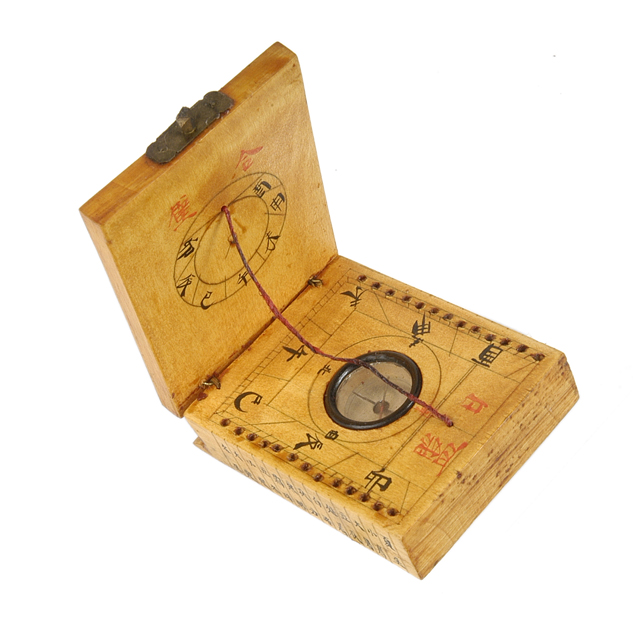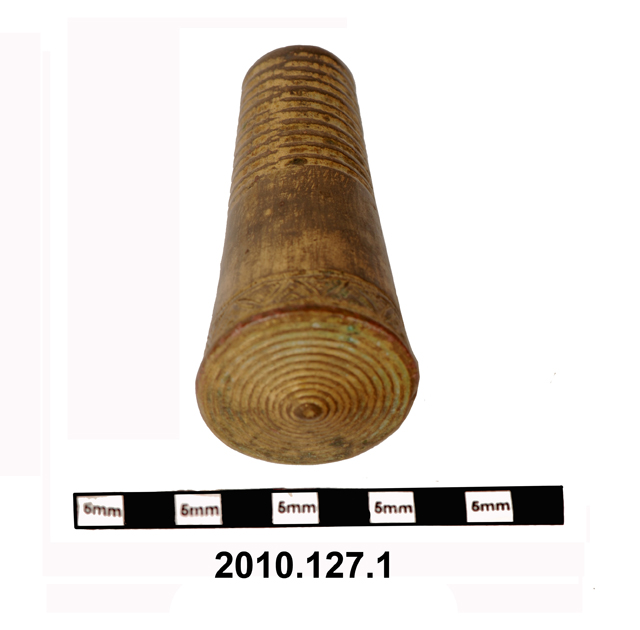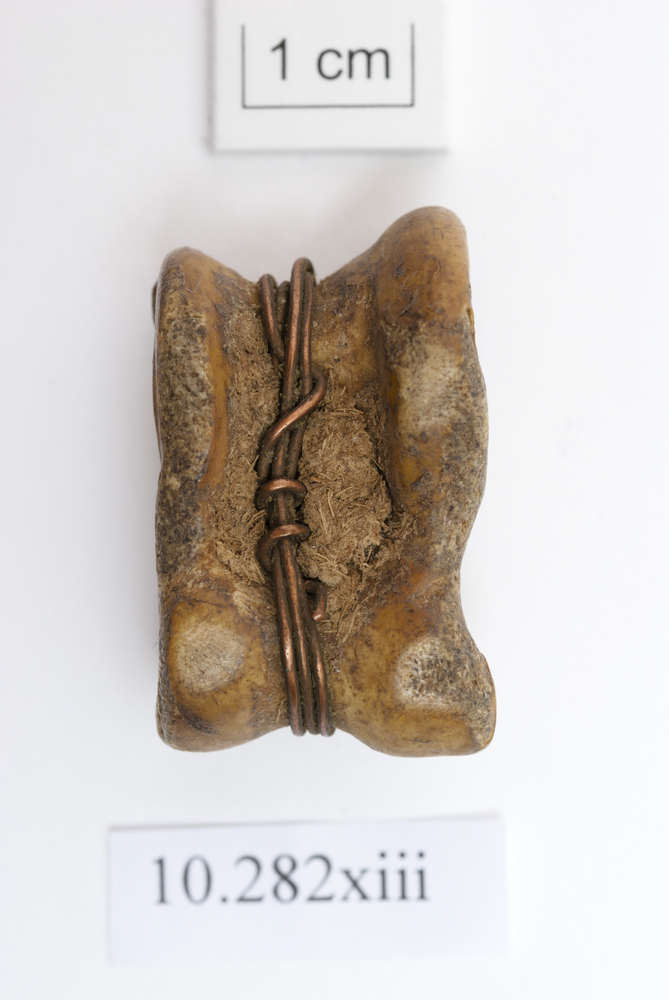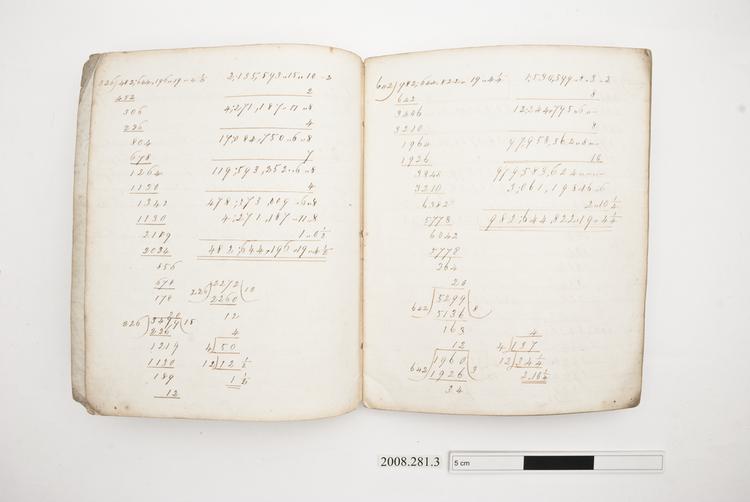Carved wooden headrest
Traditionally, headrests were used among the Shona by mature men to protect the wearer’s hairstyle while sleeping. Their motifs are said to evoke the female form – note the two breast-like circles on the support and the triangular shape, suggestive of a pudenda, at the centre of the base. Intensely personal and symbolic objects connected to the ancestral realm, headrests often accompanied their owner when travelling and were usually buried with him at death or were passed down to his decedents. Compare with British Museum Af1892,0714.26 collected by J.H.T. Bent before 1890. Reference: Anitra Nettleton, in Phillips, T., 1995, 204


































































































































































































































































































































































































































































































































